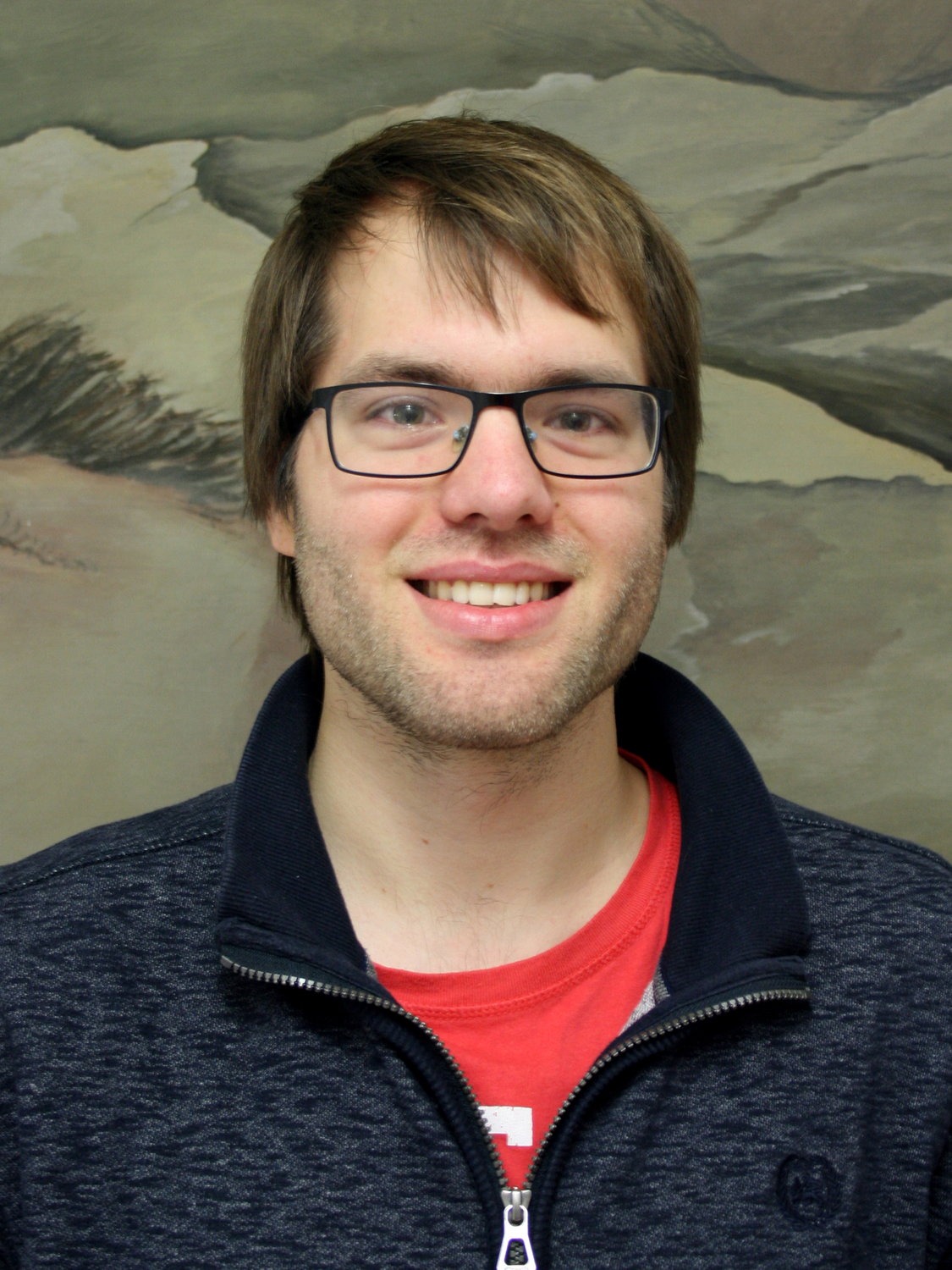Göttingen, Germany
December 23, 2021

Field trials with double-haploid lines of a European maize - Photo: Tom Freudenberg, Technical University of Munich
The use of genetic information is now indispensable for modern plant breeding. Even though DNA sequencing has become much cheaper since the human genome was decoded for the very first time in 2003, collecting the full genetic information still accounts for a large part of the costs in animal and plant breeding. One trick to reduce these costs is to sequence only a very small and randomly selected part of the genome and to complete the remaining gaps using mathematical and statistical techniques. An interdisciplinary research team from the University of Göttingen has developed a new methodological approach for this, which has been published in the journal PLoS Genetics.

Dr Torsten Pook - Photo: University of Göttingen
"The core idea of the method is to recognise ‘haplotype blocks’, by which we mean longer sections in the genome that are very similar in different plants due to inheritance, and to use this mosaic structure for compiling the rest of the information," says Dr Torsten Pook from the Center for Integrated Breeding Research at Göttingen University. "In breeding populations, the sequences completed using this new method have quality comparable to collecting a hundred times as much information from the DNA strand." The researchers' goal is to breed maize plants with low susceptibility to frost and drought damage as part of the MAZE project. KWS Saat SE, a partner in the project, is already using the method in breeding programmes because of its cost efficiency.
"Another advantage is that the method not only allows us to detect differences in individual nucleotides in the DNA strand, but also to recognise structural differences that have so far been practically unusable for breeding purposes," says Pook. As things stand, however, the method can currently only be used efficiently for inbred lines in plant breeding. A follow-up study to extend the method to organisms with a regular double set of chromosomes is already planned. This would mean their new method could be used for most vertebrates, including humans.
Original publication: Torsten Pook et al. Increasing calling accuracy, coverage, and read-depth in sequence data by the use of haplotype blocks. PLoS Genetics (2021). Doi: 10.1371/journal.pgen.1009944
Mut zur Lücke, auch im Genom - Göttinger Forschungsteam entwickelt neue Methode zur Vervollständigung genetischer Daten
Die Nutzung genetischer Information ist für die moderne Pflanzenzucht unerlässlich geworden. Auch wenn die Sequenzierung der DNA seit der ersten Entschlüsselung des menschlichen Genoms im Jahr 2003 deutlich günstiger geworden ist, macht die Erhebung genetischer Informationen auch heute noch einen großen Teil der Kosten in der Tier- und Pflanzenzucht aus. Ein Trick, diese Kosten zu senken, besteht darin, nur einen sehr kleinen und zufällig ausgewählten Teil des Genoms zu sequenzieren und die verbliebenen Lücken mit mathematisch-statistischen Mitteln zu vervollständigen. Hierfür hat ein interdisziplinäres Forschungsteam der Universität Göttingen einen neuen methodischen Ansatz entwickelt, der in der Fachzeitschrift PLoS Genetics veröffentlich wurde.
„Kernidee der Methode ist es, sogenannte Haplotypenblöcke, also längere Abschnitte im Genom, die in verschiedenen Pflanzen durch Vererbung sehr ähnlich sind, zu erkennen und diese Mosaikstruktur zur Komplettierung zu nutzen“, sagt Dr. Torsten Pook vom Zentrum für Integrierte Züchtungsforschung der Universität Göttingen. „In Zuchtpopulationen haben die so ergänzten Sequenzen eine Qualität, als hätten wir ein hundertfaches an Informationen des DNA-Strangs erhoben.“ Ziel der Forschenden ist es, im Rahmen des Projektes MAZE Maispflanzen mit geringer Anfälligkeit gegen Frost- und Dürreschäden zu züchten. Die KWS Saat SE, ein Partner des Projekts, wendet die Methode aufgrund ihrer hohen Kosteneffizienz bereits in Zuchtprogrammen an.
„Ein weiterer Vorteil ist, dass wir durch das Verfahren nicht nur Unterschiede in einzelnen Nukleotiden im DNA-Strang feststellen, sondern auch strukturelle Veränderungen erkennen können, die bisher züchterisch praktisch gar nicht nutzbar sind“, so Pook. Nach aktuellem Stand ist die Methode bisher allerdings nur für durch Inzucht entstandene Linien in der Pflanzenzüchtung effizient nutzbar. Eine Folgestudie, um das Verfahren auch auf Organismen mit regulärem zweifachem Chromosomensatz, wie den meisten Wirbeltieren einschließlich des Menschen, zu erweitern, ist bereits in Planung.
Originalveröffentlichung: Torsten Pook et al. Increasing calling accuracy, coverage, and read-depth in sequence data by the use of haplotype blocks. PLoS Genetics (2021). https://journals.plos.org/plosgenetics/article?id=10.1371/journal.pgen.1009944.